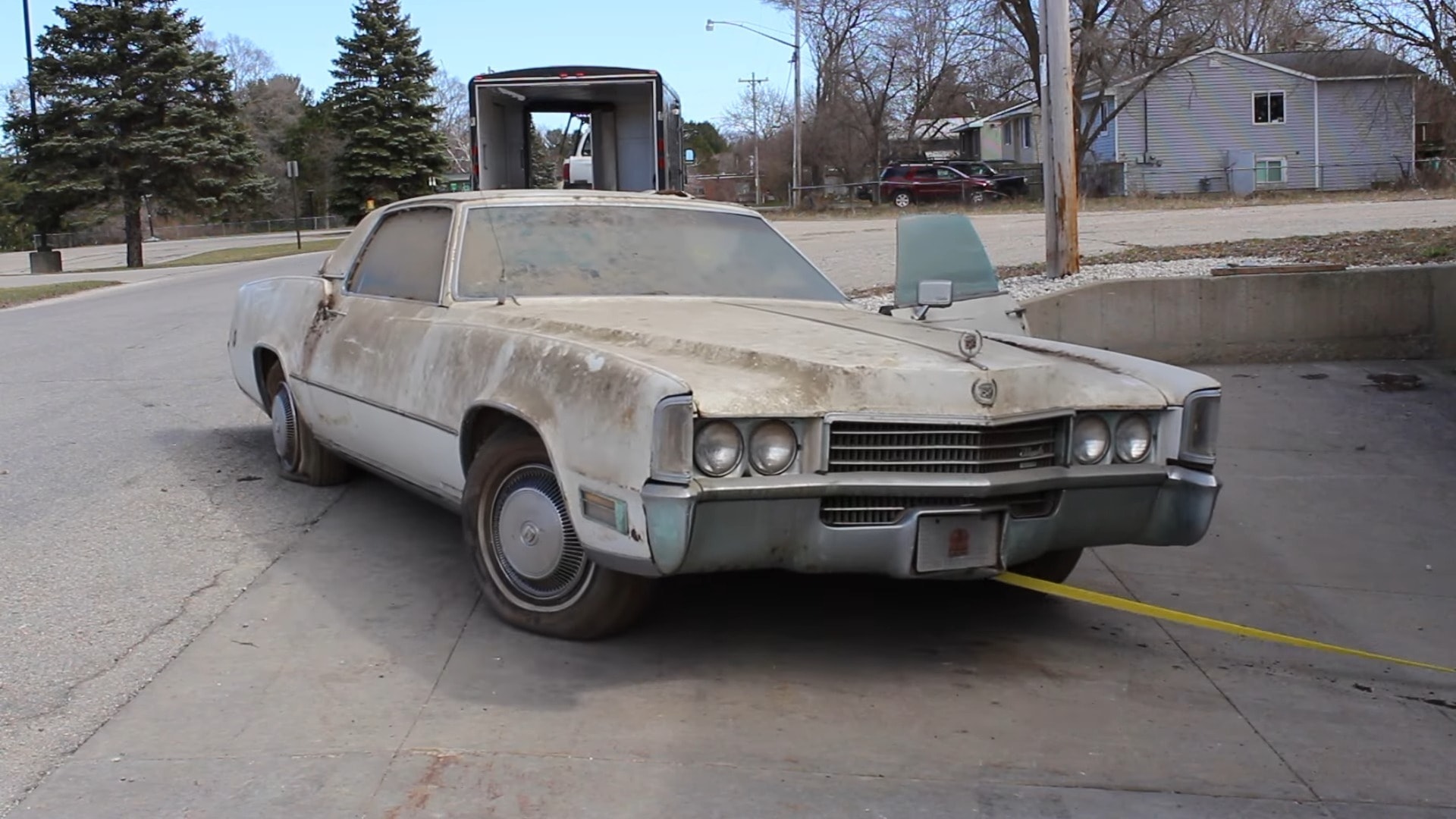Cadillac’s leadership likely chuckled when Ford introduced the 1955 Thunderbird as a ‘personal luxury car.’ While the Ford was indeed ‘personal’ due to its intimate design, its luxury’ designation likely didn’t faze Cadillac.
However, by the late ’60s, the T-bird had grown substantially, encroaching on Cadillac’s territory. In response, Cadillac shifted the Eldorado nameplate to the personal luxury segment in 1967, offering a short-wheelbase two-door hardtop. In GM’s logic, ‘short’ meant 120 inches, with a total length of 221 inches.
The Eldorado spanned five decades, from 1953 to 2002, across twelve generations. The fourth-gen Eldorado, from 1967 to 1970, introduced significant platform changes, including a switch to front-wheel drive in 1967 and the launch of a powerful new engine in 1970.

While competitors engaged in the horsepower wars, Cadillac astonished with a mammoth 500 cubic inch engine, delivering 400 horsepower and a staggering 550 lb-ft of torque. This displacement, more common in industrial applications, set a new standard for automotive power.
A testament to its enduring appeal, a 1970 Eldorado emerged from a forty-year slumber in a barn, untouched since the early ’80s. Despite its lengthy hibernation, the car remained remarkably preserved, awaiting rescue by detailing enthusiast Dane Shemwell.
Fortunately, the car’s condition proved exceptional, with minimal cosmetic flaws. While the engine remains untested, the prospect of reviving this automotive relic sparks excitement.
For classic car enthusiasts, the question remains: aside from essential maintenance, what enhancements would you pursue for this Eldorado? Consider your budget for this endeavor.

